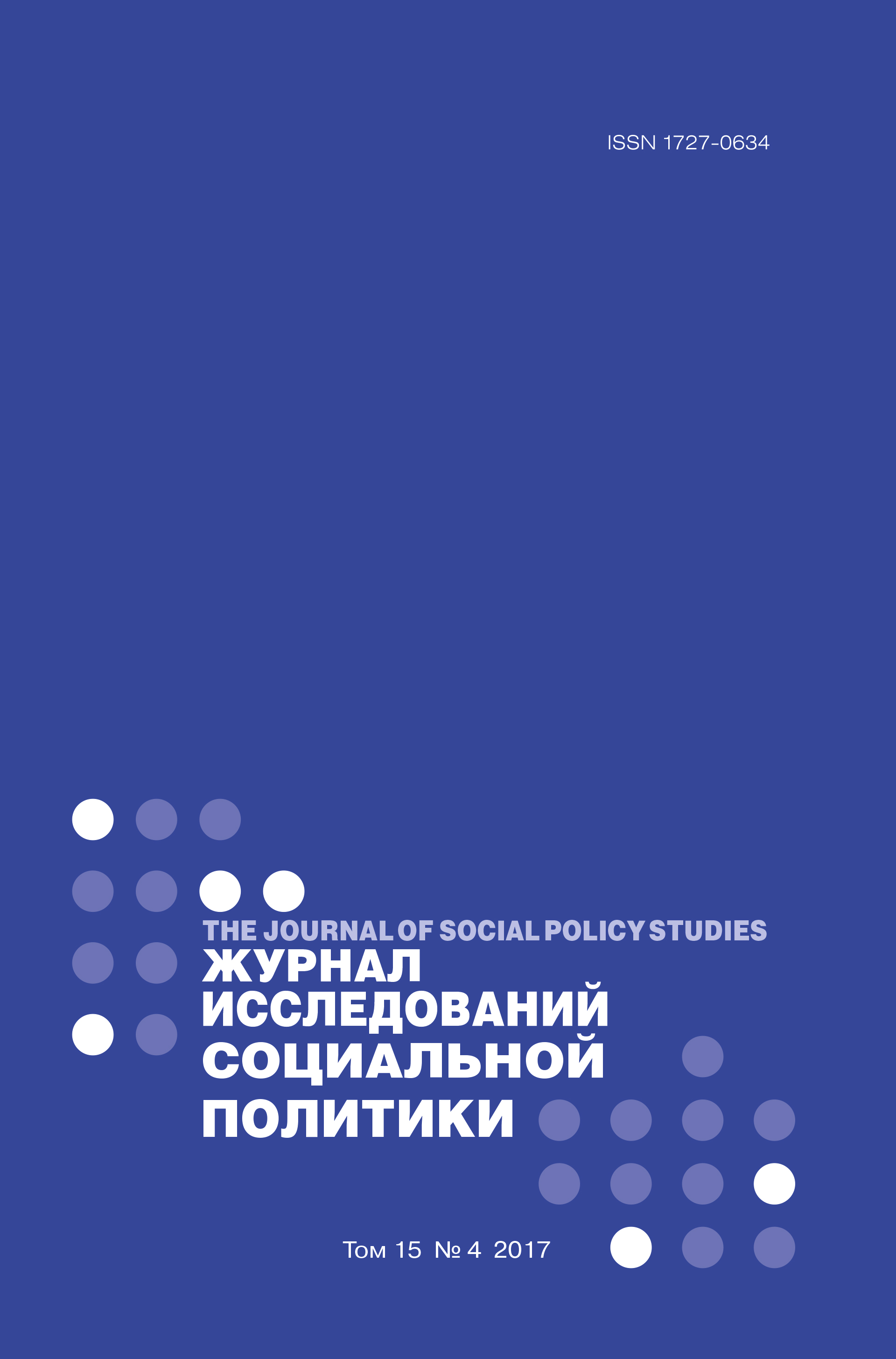Жилищная мобильность: направления социологического анализа
Аннотация
Елизавета Валерьевна Полухина – к. с. н., доцент факультета социальных наук НИУ ВШЭ, доцент ГАУГН, Москва, Россия. Электронная почта: epolukhina@hse.ru
DOI: 10.17323/727-0634-2017-15-4-589-602
Статья описывает смену индивидом места жительства, т. е. явление жилищной мобильности. Актуализируется идея изучения жилищного опыта, историй смены жилья и тенденций в изменении жилых пространств. Жилищная мобильность рассматривается преимущественно в контексте переездов внутри одного города. Предлагаемый анализ позволяет понять: (а) какие динамические процессы происходят в жизнедеятельности изучаемых групп и территорий; (б) как меняется социальная и физическая структура среды обитания; (в) какими смыслами наполняется это изменение. Оптика рассматриваемого явления помогает увидеть какие социальные группы «преуспевают» в рамках существующего порядка, а какие находятся в стагнации. Такая аналитика является значимой для обнаружения социальных проблем. Поднимаются вопросы о критериях выделения жилищного статуса как иерархической позиции, важности учета многокомпонентной структуры, влияющей на этот статус (значение жилья в структуре доходов, отношения собственности, характеристики основного места жительства). В статье сделан акцент на методических ограничениях изучения жилищной мобильности. Во-первых, показана неоднозначность в определении элементов жилищного статуса, границ в формировании жилищных групп и носителей статуса (семья или индивид). Во-вторых, обозначена проблема в определении генеральной совокупности. В-третьих, обсуждается недоступность наиболее «мобильных» и ресурсных групп, проживающих в «труднодоступных» жилых домах (подъездах с консьержами, например) и редко находящихся дома, что ограничивает опросы по месту жительства и вынуждает комбинировать различные методы сбора данных. В-четвертых, представленные в социологическом арсенале шкалы типов жилья и жилищных условий разобщены и эмпирически не укоренены, так как не учитывают особенностей жилищного фонда и многокомпонентную структуру жилищного статуса россиянина. Адекватным методическим решением является работа с локальными территориями – малыми городами, районами, селами. В статье обозначена важность интеграции качественных методов, изучающих смысл жилищных изменений, и количественных, позволяющих понять их масштаб и динамику трансформаций при изучении жилищной мобильности.















